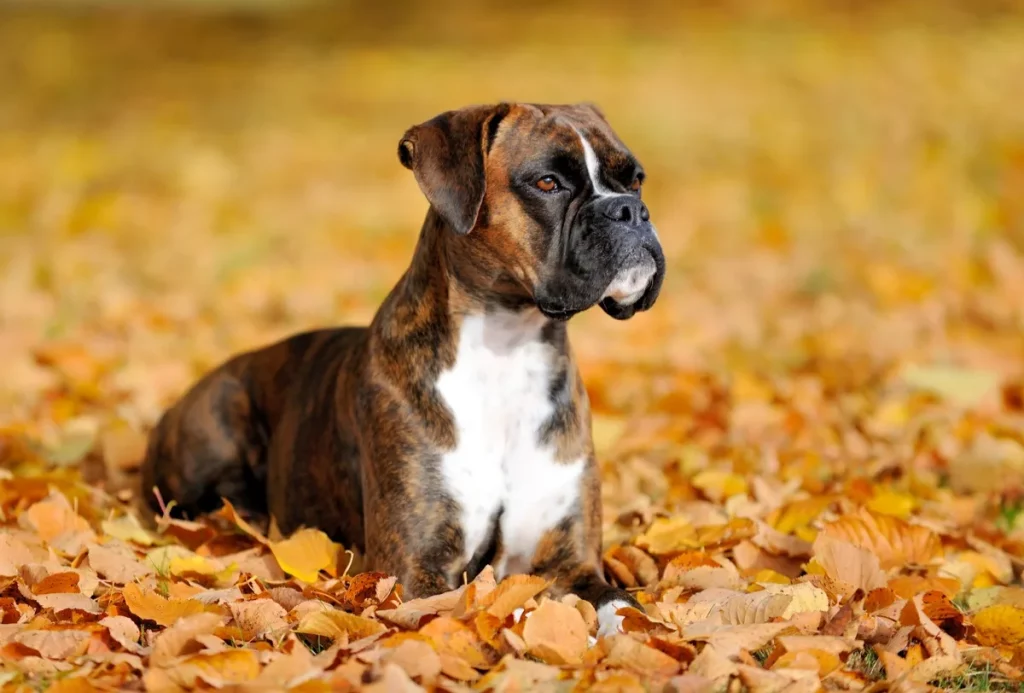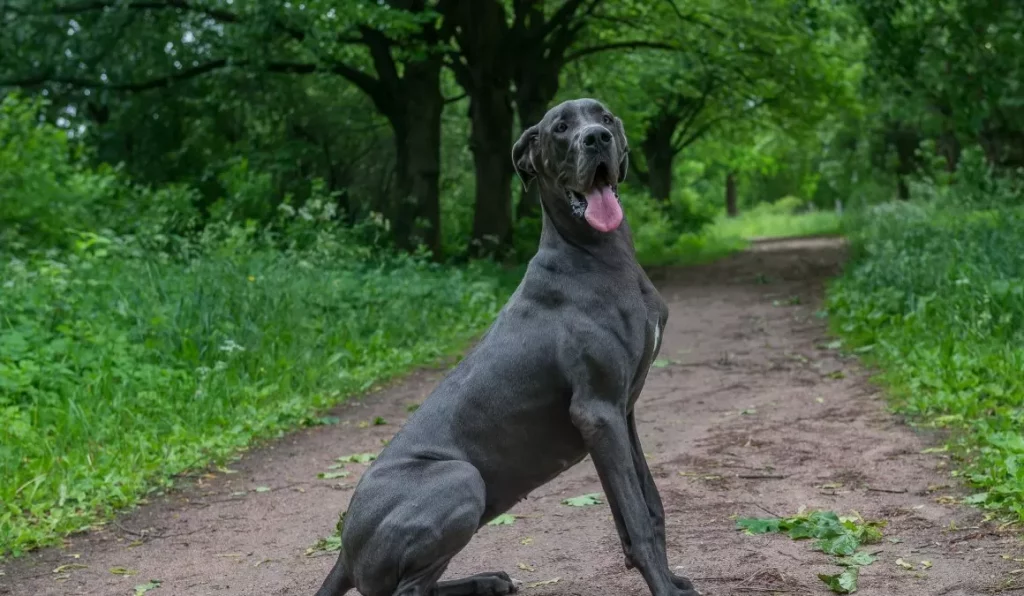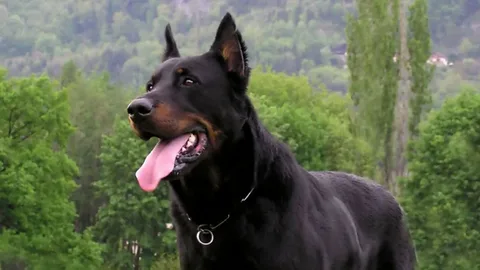There are many reasons to want a guard dog: for personal protection, protection of property, or simply to know when a visitor is at the door. Unfortunately, guard dogs sometimes get a bad reputation, when in reality, the traits that make them fierce protectors are also the ones that make them incredible pets (and c’mon, most German shepherds are just giant goofballs).
the best guard dogs are devoted, brave, and know when to fight off an intruder — but that doesn’t mean they’re vicious in their daily lives. Give them the training they need when they’re young, and these pets will do everything they can to protect you. Just as important, they’ll make you feel safe and offer you a lifetime of love and affection.
- Boxers

The first pooch on our list is the boxer. This solidly built dog with alert ears and drooping jowls is quite popular with people. Boxers are known to be loving in nature, and quite loyal to their owners. However, there’s also another side to boxers.
We’re talking about their protective properties. This isn’t the type of dog you’d want to mess with. While they aren’t as large as some of the others on this list, Boxers are fast, athletic, and more than capable of protecting those they love.
2. Belgian Laekenois

The Belgian Laekenois is a hybrid breed of a shepherd. As the name states, this breed originates in Belgium. The history behind the Laekenois is pretty fascinating. These animals are quite keen in regards to their senses. They have elite anticipatory skills, and it comes paired with unabated love for their owners.
Interestingly enough, this breed — commonly used to herd livestock — has been traditionally utilized in the arena of warfare. The Belgian army uses them today, and they were also used during World War II. Additionally, Laekenois also serves the purpose of both a guard dog and a police dog for many in the current climate.
3. Akita

The Akita breed emanates from mountainous regions of Japan. For centuries, these dogs were revered for their protectoral skills. They can weigh over 100 pounds — which makes them a formidable foe against both animals and humans alike.
As reported, these dogs have loving relationships with their owners. Akita’s have personalities that absolutely flourished when feeling love and trust. With that said, they’re a bit leery around other unfamiliar dogs.
4. Bergamasco Sheepdog

This dog does look like a walking mop. However, the Bergamasco Sheepdog is more than meets the eye. The thick, matted coat actually works as a defense mechanism versus threatening parties. This stems from the animal’s origin high up in the Alps of Italy.
These dogs are not only incredibly loyal in nature, but they also are immensely hard-working. Even better, these watchdogs are highly intelligent and quite easy to train.
5. Rottweilers

There’s no disputing the fact that Rottweilers are rather intimidating dogs. You often see them portrayed through movies and music videos as big, tough, violent animals. While we won’t say that Rottweilers are violent in nature, you sure don’t want to tick them off.
Their protective skills are very apparent. There’s even an element where Rottweilers love to romp around and play in open fields. With that said, they are naturally predisposed to being a bit too aggressive should overstimulation occur.
6. Puli

Another dog resembling a mini mop, the Puli dog breed originates in Hungary. Despite its cute and unassuming appearance, Puli dogs are actually most known for protecting the livestock on farms. This includes herding dogs when need be.
Puli’s are alert, attentive, intelligent, quick, and highly capable animals. Don’t let the small size of this breed fool you…they can be downright vicious when protecting something it values. Along with that, they’re also very territorial as it pertains to their owners/family.
7. Bernese Mountain Dogs

Bernese Mountain Dogs are beautiful animals. The male dogs can weigh up to 150 pounds as fully grown adults. A trademark of these dogs is their playful nature. Due to their large frames and penchant for fun, some categorize them as being both silly However, there’s no doubting the loyalty and love they have for their families. Hailing from the Swiss Alps, this breed traditionally can be a bit aloof. However, if threatened, the switch will flip real quick.
8. The Great Pyrenees

Rooted as dogs in mountainous terrains, the Pyrenees are terrific as protectors of both land and humans. For one, they offer jovial personalities for the most part. Dedicated in doing their job, owners won’t have to worry about the Pyrenees moodily running off or being overly disobedient.
They’re also not small dogs (roughly 100-120 pounds at full-grown size). For that matter, intruders and the like will think twice before crossing an angry Pyrenees.
9. Great Dane

Now here’s one of the most physically imposing dogs on the planet. Great Danes are gigantic in nature with their long, angular bodies and elongated faces. Some can even weigh close to 200 pounds at the primes of their lives. Historically, these dogs were hunters for centuries in Europe.
Today, they’re easy-going dogs with intimidating profiles. They are massively protective of their families. Those who they perceive to be strangers may not be greeted with a warm welcome. However, with their own kin, they’re exceptionally loving creatures.
10. St. Bernard

You’ve seen the St. Bernard dogs from the Beethoven series. These gentle giants have ancestors who famously saved people left stranded in the treacherous Alps of Switzerland, Italy, and Austria.
Of course, you’re looking at a dog who — at full growth — can weigh over 180 pounds. While not the most energetic dog in the world, St. Bernard dogs are very loving and even-keeled. Territorial in nature, these dogs are terrific workers, companions, and protectors of their loved ones.



